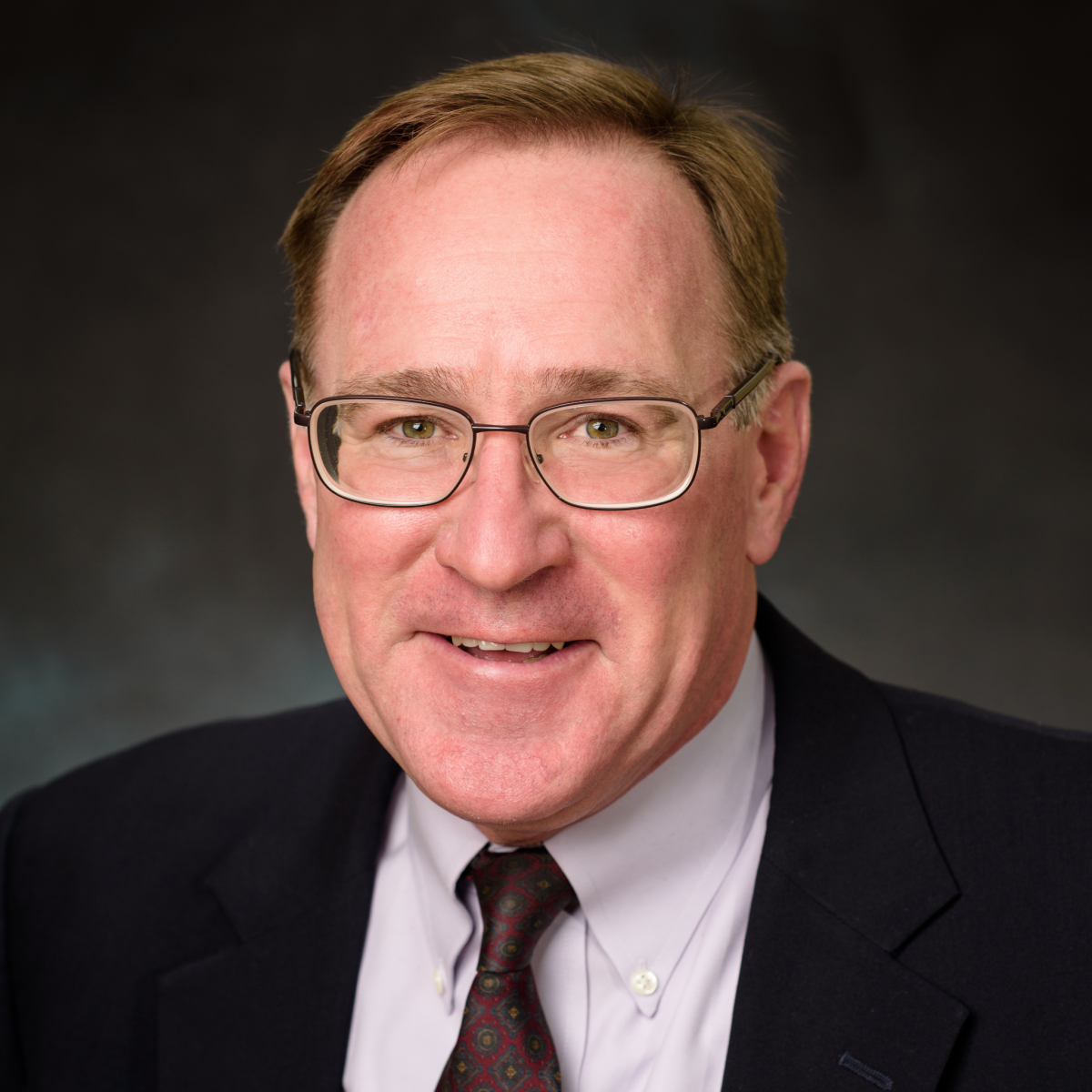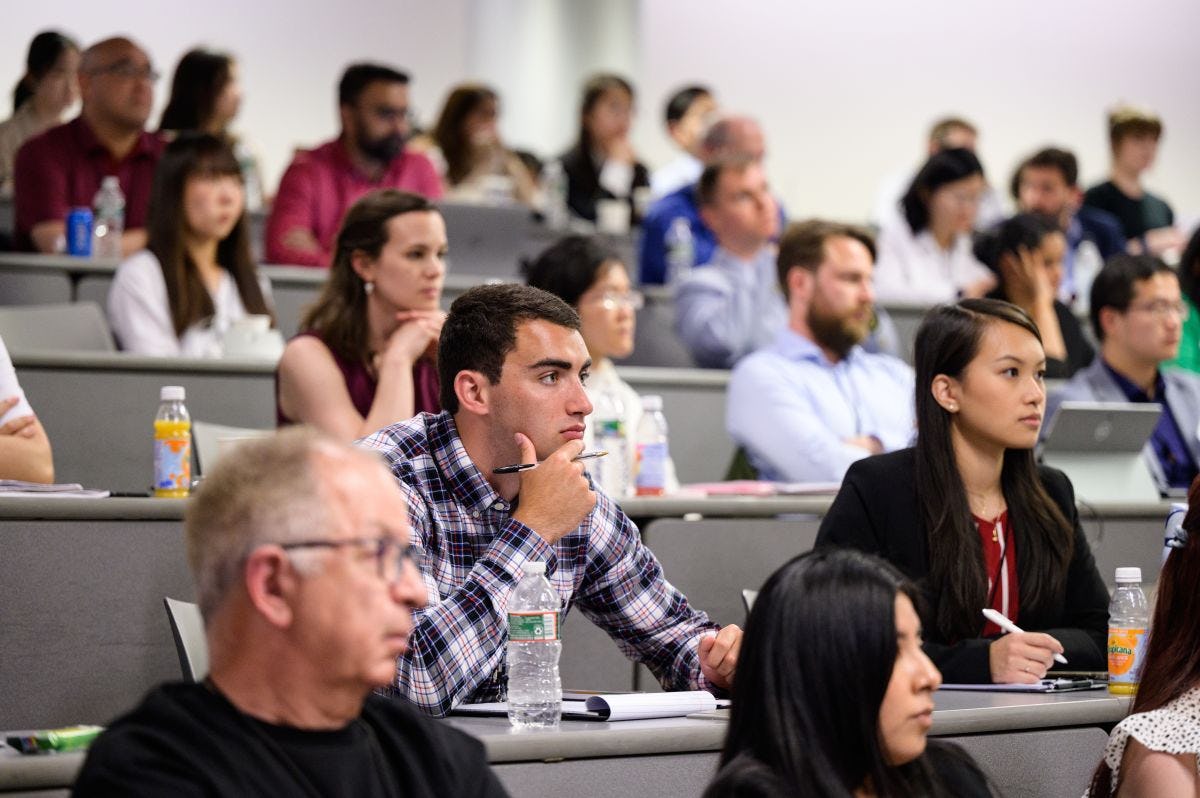Pushing the Rate of Device-Associated Implant Infections Toward Zero
Interdisciplinary experts converged for the 6th Stevens Conference on Bacteria-Material Interactions, which took place this year on the university’s campus in Hoboken, New Jersey
For every 31 patients receiving care at hospitals, one gets a healthcare-associated infection (HAI), according to the Centers for Disease Control and Prevention. Common causes of HAIs include bacteria and viruses, which can travel from one person to another in healthcare facilities or can be transferred to a patient from the hospital environment itself. A significant fraction of HAIs involves tissue-contacting biomedical devices such as hip or knee replacements, catheters, and pacemakers, among many others.
Biomaterials-associated infection, or more commonly known as implant infection, was the focus of more than 100 scientists, researchers and students from across the United States and around the world converging on the campus of Stevens Institute of Technology in Hoboken, New Jersey for the 6th Stevens Conference on Bacteria-Material Interactions.
The biennial interdisciplinary scientific conference, held this year from May 31 to June 1, provided a platform for sharing insights and research findings surrounding biomaterials-associated infection. It also provided a forum for established and emerging leaders to exchange ideas and discuss key pathways for the development of next-generation infection-resisting biomaterials.
“We want to improve our understanding of the problem and ignite conversations to address it,” said conference chair Matt Libera, a professor of chemical engineering and materials science at Stevens. “This meeting creates an opportunity for biomaterials science, microbiology, cell biology and biodiagnostic communities to collaborate on finding ways to push the rate of device-associated infection toward zero over the coming decade and beyond.”
The opening day of the conference started with Libera welcoming the attendees. He highlighted the importance of understanding implant-infection problems and collaborating on solving them. This included developing new bacteria-resistant materials that resist infection while still promoting healing.
Over two days, more than 20 presentations together with a cross-disciplinary panel discussion informed attendees about the development of next-generation infection-resisting biomaterials. Recognized authorities from leading clinicians, device manufacturers and academic institutions shared clinical case studies and discussed topics ranging from in vitro and in vivo contamination and infection models to factors that interfere with the development of bacterial biofilms, which are intrinsically resistant to conventional antibiotic treatments.
The Conference sessions were organized to cover a broad range of topics related to materials and to material-microbial interactions, including clinical challenges, interventions, surface interactions, infection models and methods and translation.
Libera led a panel discussion where experts from academia and industry discussed accelerating prevention, detection, and cure through convergence, which describes integrating knowledge and ways of thinking from various fields to find solutions. Hongjun Wang, professor of biomedical engineering at Stevens, and Helen Lee, research scientist at the Semcer Center for Healthcare Innovation at Stevens each led sessions focused on clinical challenges. Other sessions were led by faculty from Binghamton University, City College, the Center for Biofilm Engineering Montana State University and the University of Utah.
The conference welcomed the next generation of scientists, some of whom presented their research findings. From Stevens, Yunhua Gao, a Ph.D. student studying materials science, and Wenhan Zhao ’23, Ph.D. in materials science and engineering, both presented their research findings. In total, 44 posters from researchers in academia and industry were presented. The complete list of poster titles is available on the conference website.
Libera explained that a key reason for the conference is to provide an opportunity for students across different areas of study to meet leaders and researchers across academia, government and industry. “In addition to pushing the underlying science and engineering, the Stevens conference also exposes students and young scientists to the state-of-the-art thinking at the frontier of this field,” he said. “Developing this next-generation workforce is key. They’re the future.”




